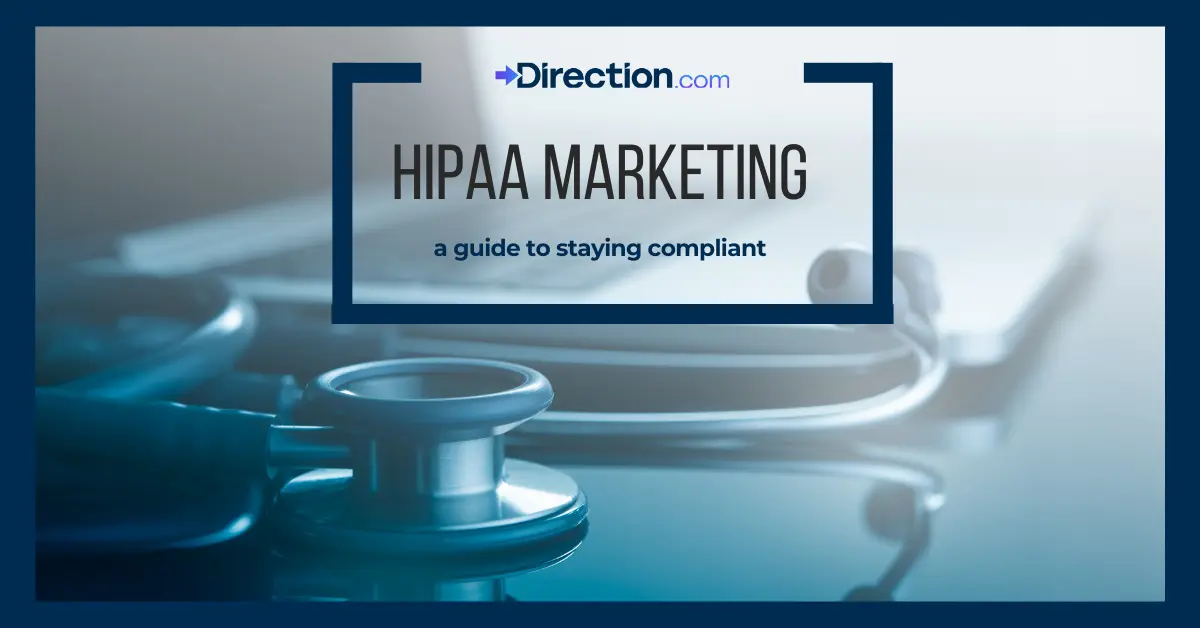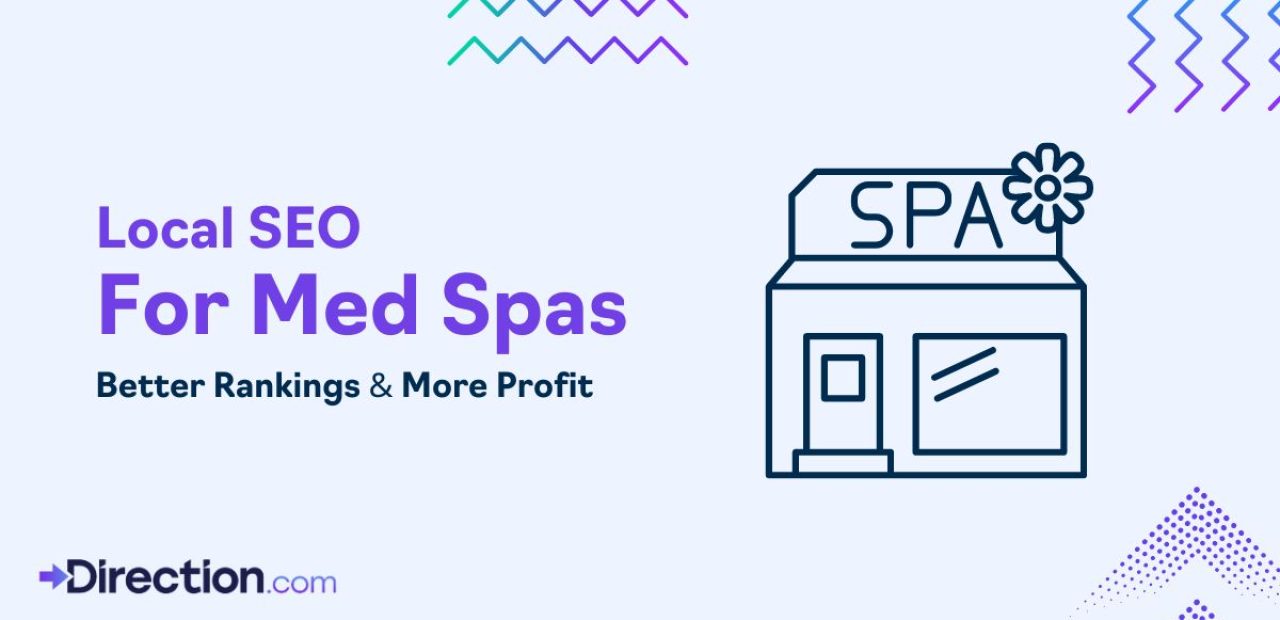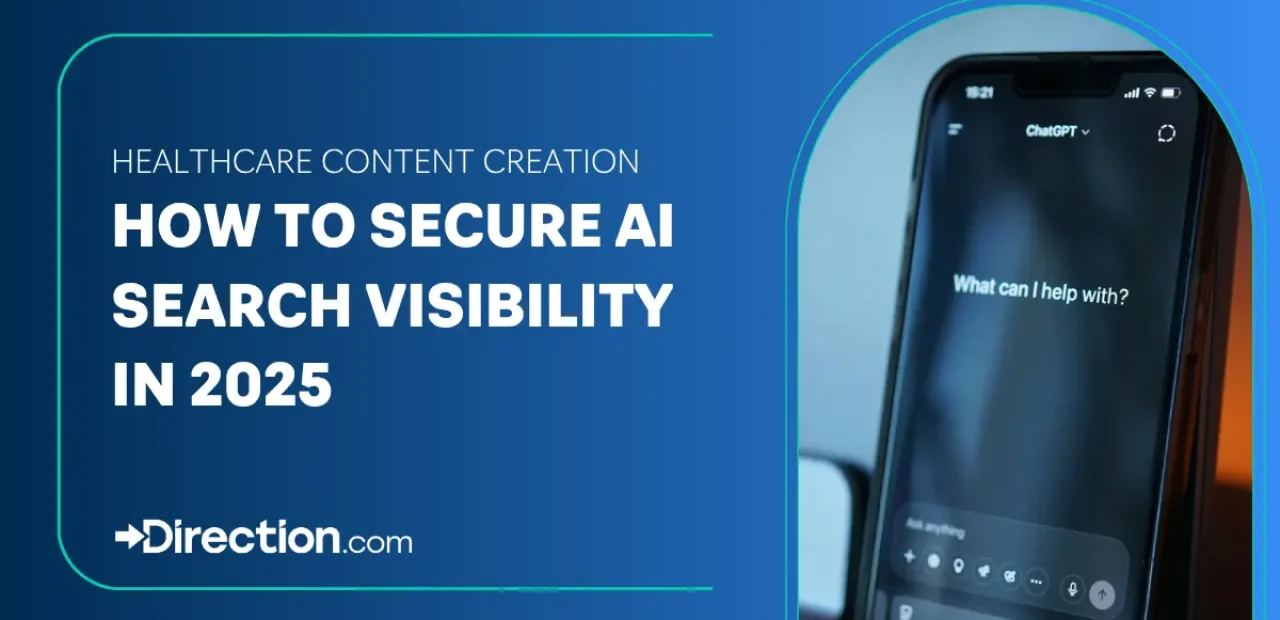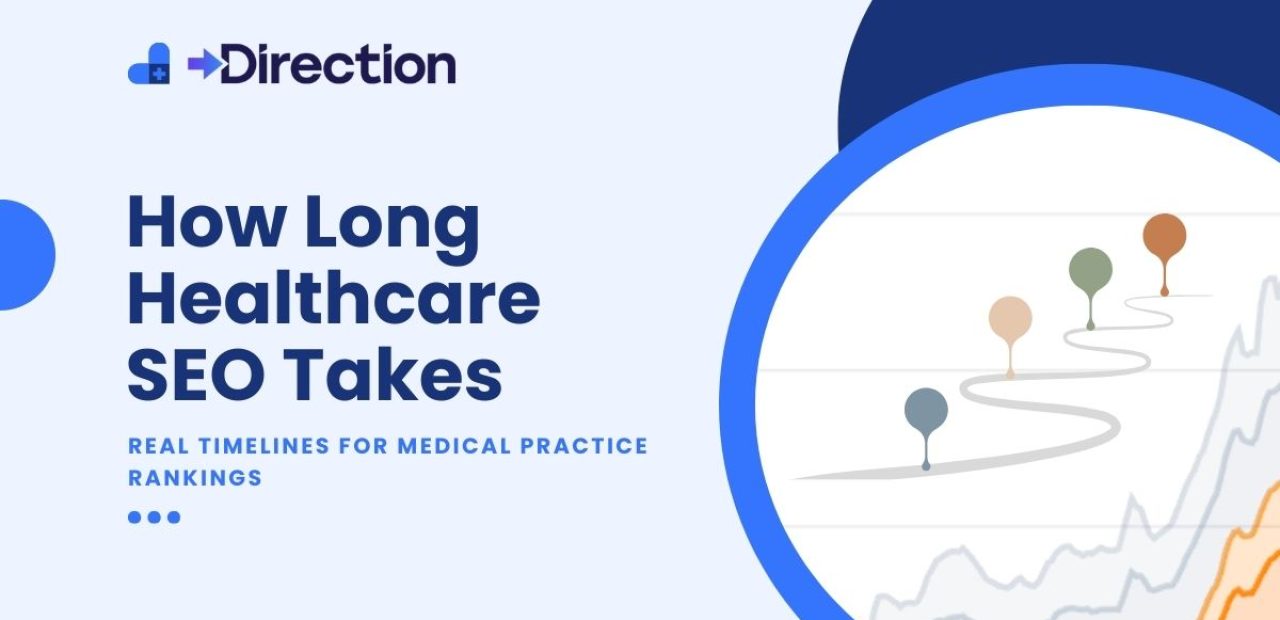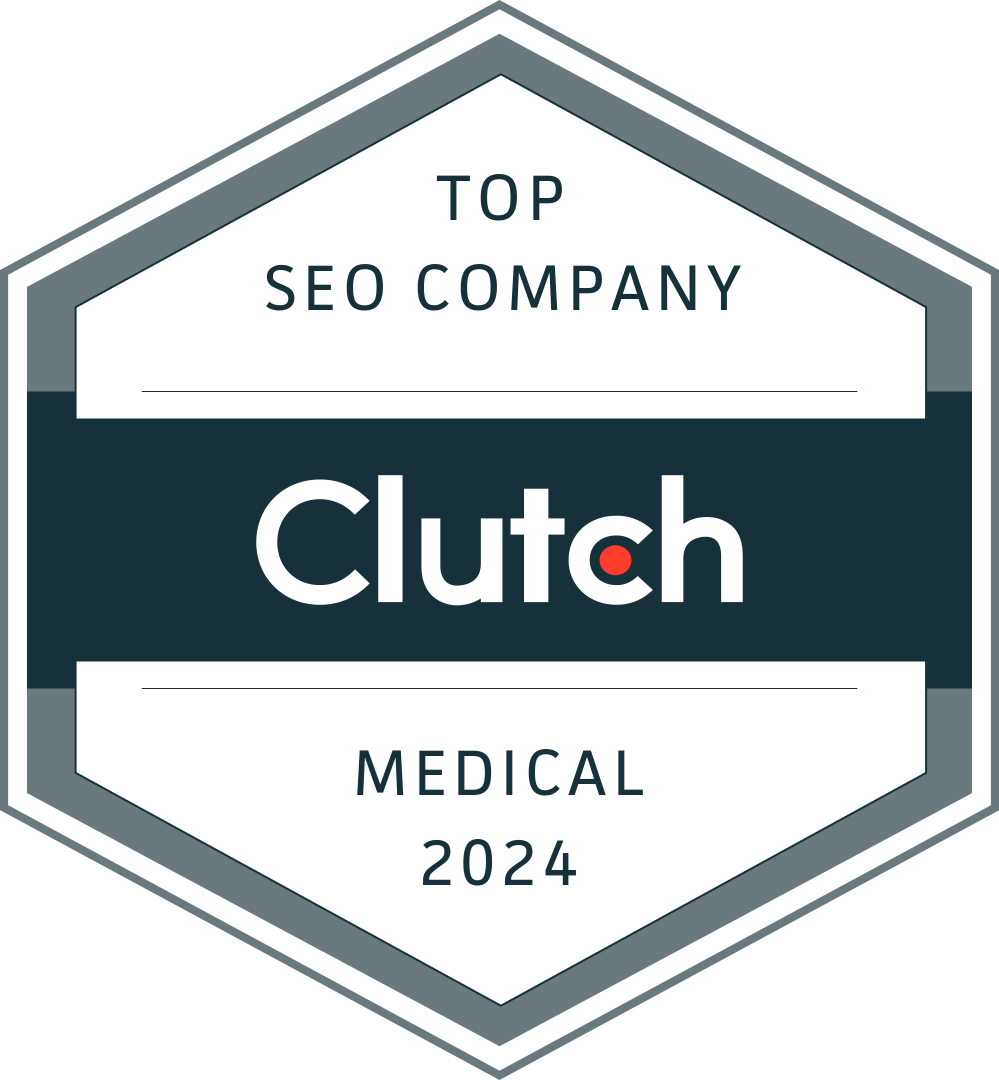You’re losing patients to competitors right now – not because of HIPAA, but because fear of HIPAA violations has paralyzed your marketing efforts.
I see it constantly. Healthcare organizations sitting on the sidelines, watching competitors dominate search results and attract their ideal patients.
The irony? Most of those winning competitors aren’t breaking any rules – they’ve simply figured out what you haven’t: HIPAA marketing compliance isn’t a barrier to growth; it’s a competitive advantage waiting to be claimed.
The confusion costs you more than patients. It costs you the future of your practice. While you hesitate, wondering if that blog post or social media campaign might trigger a violation, your competition builds authority, trust, and unstoppable patient flow.
Today, that changes. I’m going to show you exactly how to market your healthcare organization aggressively and ethically within HIPAA guidelines – no gray areas, no guesswork, just clear strategies that work.
The Hidden Cost of Marketing Fear
Here’s what nobody talks about: the biggest HIPAA violation might be the marketing you’re NOT doing.
Think about it. Every day you delay implementing compliant marketing strategies, you lose ground to competitors who understand the rules. They’re not smarter or braver – they’ve simply recognized that HIPAA provides clear pathways for ethical, effective marketing.
The fear manifests in predictable patterns:
- Analysis Paralysis: Endless committee meetings debating what’s allowed
- Overcautious Approaches: Generic content that says nothing meaningful
- Channel Avoidance: Ignoring powerful platforms due to compliance concerns
- Competitive Disadvantage: Watching market share erode to bolder practices
You’ve probably experienced the frustration firsthand. Marketing proposals get stuck in legal review. Innovative ideas die in compliance committees. Meanwhile, your ideal patients choose competitors who simply showed up online.
But what if the regulations you fear actually protect your ability to market effectively? What if understanding HIPAA marketing rules transforms from obstacle to opportunity?
The True Cost of HIPAA Marketing Fear
73%
Healthcare orgs underutilizing digital marketing due to compliance fears
$2.3M
Average annual revenue loss from ineffective patient acquisition
Monthly Patient Loss While You Hesitate:
Your Competitors Aren’t Waiting
4.2x
More patient inquiries
87%
Lower acquisition cost
HIPAA Marketing Rules: What They Really Mean
The most dangerous misconception about HIPAA marketing? That it prevents you from reaching patients effectively. This fundamental misunderstanding keeps healthcare organizations from implementing strategies their competitors use daily.
HIPAA defines marketing as “making a communication about a product or service that encourages recipients of the communication to purchase or use the product or service.” Sounds restrictive, right? Here’s what changes everything: the exceptions are broader than the rule itself.
The regulation explicitly permits communications for:
- Treatment Communications: Anything related to patient care coordination
- Healthcare Operations: Quality improvement and case management
- Payment Activities: Insurance verification and billing discussions
- Appointment Reminders: Including preventive care notifications
- Treatment Alternatives: Educating about available options
- Health-Related Services: Describing your practice’s offerings
Notice something? These exceptions cover virtually every legitimate reason you’d want to communicate with patients. The restrictions primarily target one specific scenario: using patient information to promote unrelated products or services for financial gain.
I’ve watched practices transform their marketing by simply understanding this distinction. Communications about replacements of, or enhancements to, a health plan don’t even qualify as marketing under HIPAA. Neither do educational materials about conditions you treat.
The real restriction? You can’t sell patient lists to pharmaceutical companies. You can’t use treatment information for unrelated product endorsements. Activities you’d never consider anyway.
Understanding Marketing Under HIPAA
The evolution of HIPAA marketing guidance reveals why confusion persists – and why clarity creates opportunity.
When HIPAA emerged in 1996, healthcare marketing meant Yellow Pages ads and newspaper announcements. At the time, healthcare business-to-consumer marketing primarily consisted of newspaper advertising, mail shots, and telephone marketing. Digital transformation has revolutionized patient acquisition, but the fundamental principles remain unchanged.
The core distinction that unlocks compliant marketing:
- Using PHI for Marketing: Requires explicit written authorization
- Marketing Without PHI: No HIPAA restrictions apply
- Educational Content: Generally exempt when serving patient interests
- General Practice Promotion: Fully permitted without patient data
This framework explains why SEO dominates healthcare marketing. Creating valuable content about conditions, treatments, and health topics requires zero patient information. You’re educating the public, not exploiting protected data.
The December 2022 HHS guidance about tracking technologies sparked panic, but the fundamental rule remains simple: “safe parameters for using this kind of data in different contexts, including marketing, are set by the Health Insurance Portability and Accountability Act (HIPAA).” Don’t connect patient identities to marketing platforms. Use privacy-focused analytics. Problem solved.
Understanding this evolution empowers strategic decisions. While competitors waste resources navigating confusion, you can focus on channels that naturally align with compliance requirements.
Evolution of HIPAA Marketing Guidance
1996: HIPAA Enacted
Marketing meant print ads and Yellow Pages – digital wasn’t a concern yet.
2000: Privacy Rule Published
First comprehensive marketing restrictions defined, focusing on PHI protection.
2013: Omnibus Rule
Business Associates included – marketing agencies now require BAAs.
Dec 2022: HHS Tracking Guidance
Expanded PHI interpretation to include IP addresses with health content.
June 2024: AHA Ruling
Court clarifies limits on unauthenticated page tracking – your opportunity.
Key Insight: Core principles remain unchanged – protect PHI, market freely without it.
Critical Exceptions That Change Everything
Here’s where everything shifts. The moment you understand HIPAA’s built-in exceptions, marketing transforms from minefield to goldmine.
The game-changing exceptions most practices miss:
Treatment Communications Exception
Any communication about treatment options, care coordination, or clinical services falls outside marketing restrictions. This means you can:
- Send targeted emails about new treatment options
- Create content about conditions you treat
- Discuss innovative procedures and technologies
- Share success rates and clinical outcomes
Healthcare Operations Exception
“for case management or care coordination, contacting of patients with information about treatment alternatives, and related functions to the extent these activities do not fall within the definition of treatment.” This covers:
- Quality improvement initiatives
- Patient satisfaction surveys
- Practice capability announcements
- New provider introductions
Face-to-Face Exception
“In face-to-face encounters, the HIPAA Privacy Rule allows covered entities to give or discuss products or services, even when not health-related, to patients without a prior authorization” This permits:
- Discussing any services during appointments
- Providing promotional materials in-office
- Recommending products personally
Nominal Value Exception
“covered entities to distribute items commonly known as promotional gifts of nominal value without prior authorization” You can provide branded items and small gifts without consent requirements.
These exceptions represent your competitive advantage. While others hesitate, you can build comprehensive marketing strategies entirely within these permitted frameworks.
Authorization Requirements Simplified
When you do need authorization – and it’s rarer than you think – the process isn’t complicated. It’s systematic.
Authorization becomes necessary only when:
- Using PHI for Third-Party Marketing: Promoting external products/services
- Receiving Payment for Communications: Sponsored content using patient data
- Sharing Success Stories: Using identifiable patient experiences
- Testimonial Marketing: Featuring specific patient outcomes
The authorization must include:
- Specific description of information to be used
- Purpose of the requested use
- Expiration date or event
- Right to revoke authorization
- Clear explanation of how information will be used
I’ve helped practices create simple authorization workflows that patients actually appreciate. They want to share their success stories. They’re proud of their transformations. A clear, respectful authorization process empowers them to help others while protecting their privacy.
The key insight? Most effective healthcare marketing never requires authorization because it doesn’t use PHI. Educational content, service descriptions, provider expertise, community health initiatives – all completely unrestricted by HIPAA.
Stop letting authorization requirements scare you from marketing entirely. Start recognizing them as rare exceptions to your broad marketing freedom.
Channel-Specific Compliance Strategies
Different marketing channels present different compliance considerations – and opportunities. Here’s your tactical guide:
Search Engine Optimization (SEO)
The perfect HIPAA-compliant channel. Zero patient data required. Create valuable content about:
- Condition education and symptom guides
- Treatment option comparisons
- Provider expertise and credentials
- Technology and technique explanations
- General health and wellness topics
Pay-Per-Click Advertising (PPC)
Highly effective when properly configured:
- Target demographics, not patient lists
- Use geo-targeting for local reach
- Focus ad copy on services, not outcomes
- Implement privacy-focused conversion tracking
- Avoid remarketing pixels on patient portals
Email Marketing
“TLS encryption meets HIPAA transport encryption requirements and provides a better user experience.” Implement:
- Separate lists for patients vs. prospects
- Encryption for all patient communications
- General newsletters without PHI
- Opt-in systems for marketing messages
- Business Associate Agreements with email providers
Social Media Marketing
Navigate carefully but confidently:
- Never respond to patient comments with specifics
- Share educational content freely
- Celebrate milestones without patient details
- Use privacy-friendly analytics tools
- Train staff on public communication limits
HIPAA-Compliant Marketing Channels
SEO
Compliance Rating: 10/10
- ✓ No PHI required
- ✓ Educational content focus
- ✓ Long-term ROI
PPC
Compliance Rating: 8/10
- ✓ Demographic targeting
- ✓ Privacy-safe tracking
- ⚠ Avoid remarketing
Compliance Rating: 7/10
- ✓ TLS encryption
- ✓ Opt-in systems
- ⚠ BAA required
Social
Compliance Rating: 6/10
- ✓ Educational content
- ⚠ Staff training critical
- ⚠ Public responses risky
Quick Compliance Check
Analytics and Tracking
The 2024 AHA ruling clarified important boundaries. “The court specifically addressed the use of IP addresses and website visit data from unauthenticated web pages.” Use HIPAA-compliant analytics platforms that don’t share data with advertising networks.
Recent Regulatory Changes and Court Rulings
The landscape shifted significantly with recent regulatory guidance and court decisions. Understanding these changes positions you ahead of confused competitors.
The December 2022 HHS guidance expanded interpretation of PHI to include:
- IP addresses combined with health topics viewed
- Device identifiers on authenticated pages
- Tracking pixels on patient portals
- Third-party analytics on symptom checkers
However, the June 2024 AHA lawsuit ruling provided crucial clarification. “The ruling does not invalidate other parts of the HHS guidance, particularly those relating to authenticated pages or the use of other types of data.”
Practical implications for your marketing:
- Continue using analytics on public website pages
- Implement privacy-focused tools for sensitive areas
- Separate marketing sites from patient portals
- Use server-side tracking where appropriate
- Choose vendors who understand healthcare privacy
The key? Don’t overreact to guidance changes. Implement reasonable protections while maintaining effective marketing. Your competitors who panic and shut down all tracking hand you competitive advantage.
Building Your Compliant Marketing System
Transformation happens through systematic implementation, not random tactics. Here’s your framework for building unstoppable, compliant healthcare marketing:
Step 1: Audit Current Vulnerabilities
- Review all tracking pixels and analytics
- Identify any PHI in marketing systems
- Check Business Associate Agreements
- Evaluate staff training gaps
Step 2: Implement Privacy-First Infrastructure
- Deploy HIPAA-compliant analytics platforms
- Separate marketing from clinical systems
- Establish clear data governance policies
- Create patient consent workflows
Step 3: Develop Content Strategy
- Focus on educational value creation
- Build condition-specific resource centers
- Showcase provider expertise without PHI
- Create community health initiatives
Step 4: Launch Channel-Specific Campaigns
- Prioritize SEO for long-term growth
- Test PPC with privacy-safe targeting
- Build email lists through value exchange
- Engage social media strategically
Step 5: Monitor and Optimize
- Track performance without compromising privacy
- Test new approaches within compliance bounds
- Scale successful strategies aggressively
- Document lessons for continuous improvement
This system transforms compliance from constraint to competitive moat. While others struggle with confusion, you execute with confidence.
HIPAA marketing rules aren’t obstacles – they’re guardrails on the highway to growth. They keep you safe while you accelerate past hesitant competitors. The practices winning in healthcare marketing aren’t the ones finding loopholes; they’re the ones who’ve mastered compliant strategies that actually work.
You face a choice. Continue letting fear of HIPAA violations paralyze your marketing, watching patients choose competitors who simply showed up. Or implement the strategies I’ve outlined, building unstoppable growth on a foundation of compliance and trust.
Stop Losing Patients to Compliance Fear
Your competitors aren’t waiting. Neither should you.
What You’ll Get:
- ✓ Compliance Audit: Identify and fix vulnerabilities
- ✓ Channel Strategy: SEO, PPC, Email roadmap
- ✓ 90-Day Plan: Clear action steps to growth
- ✓ Expert Guidance: Healthcare marketing specialists
42%
Average patient increase
$1.2M
Additional annual revenue
100%
HIPAA compliant
Join 150+ healthcare organizations growing with confidence
The regulations haven’t changed. Your understanding has. Now you know what your competitors hope you never discover: HIPAA compliance and aggressive marketing aren’t mutually exclusive – they’re mutually reinforcing.
Stop letting compliance confusion cost you patients. Start building the marketing system your practice deserves. Your future patients are searching for you right now. Make sure they find you, not your competition.

